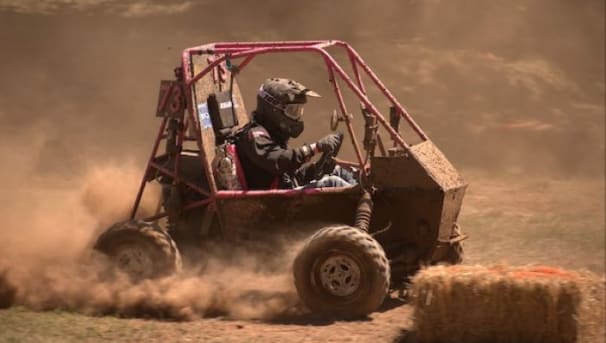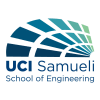This project is now in update mode. Check back regularly to see how things are progressing.
2024 UCI Racecar Engineering
Though successful as a scholar in theoretical kinematics and the geometric design of linkages, it was as the Chief Technology Officer at Accuray Incorporated where I found how truly exciting it is to build engineered systems. When I returned, I joined a group of students who wanted to build an off-road vehicle for an intercollegiate competition. It was 2003, a terrible car, but so much fun, and I have not looked back.
Just when I thought we knew what we were doing the goals shifted to an Internal Combustion Formula race car, then an Hybrid Electric Formula car, and then multiples of various types of vehicles. During the worst years of engineering layoffs, when companies were not even interviewing our graduates, this experience got my students jobs.
Now 20 years in we are ready for a new era. The goal is to build a community to support the performance of UCI’s race team so we can excel in intercollegiate competitions. This shift can occur because Racecar Engineering is now a technical elective, and we can focus on building an effective team engineering tradition.
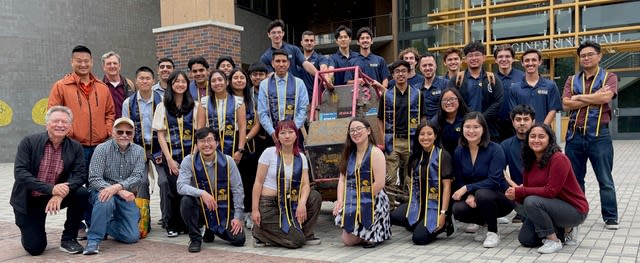
The advising team for this activity begins with Robert “Smitty” Smith who joined us in 2004. In 2008, he worked with the boys from Change for Balance to make Racecar Engineering videos that are watched by teams around the world. He helped our cars get better, while he obtained several motorcycle speed records. Phil Chipman guides our systems approach to engineering. Phil, retired from Boeing, and in addition to cart racing, built his own electric vehicle for our Energy Invitational in 2010. Soon afterwards we met Timel Sebastian, who managed the set-up, safety and execution of our Energy Invitational in collaboration with Kathy Johnson of Vital Link of OC. Now, Timel advises our teams on the business of racing. And, Ron Kessler and QV Dang joined us to help with electrical and embedded systems. It is a superb team, all of whom are anxious to see us achieve excellence. But we cannot do it without your support, the support of our alumni and friends.
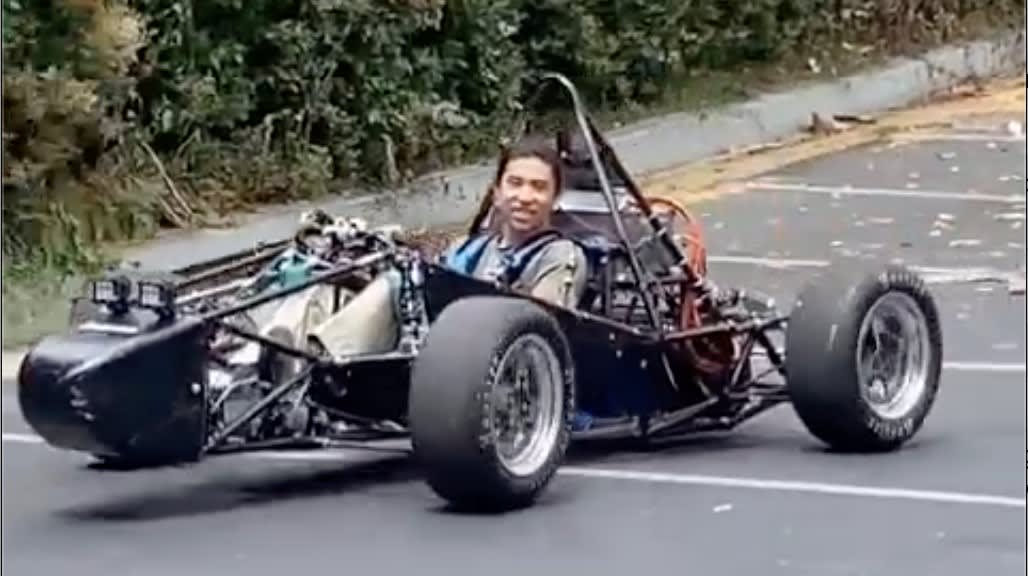
Right now we are focussed on the Formula SAE - EV and the Baja SAE Oregon competitions, which occur in late Spring and early Summer 2024. Designs for both the EV and Baja vehicles are to be finalized in this Summer, with construction to begin in Fall with running vehicles in time for the Henry Samueli School of Engineering Winter Design Review in March 2024. Testing, practice runs, and repair will continue through the Spring in collaboration with our friends at Adams Motorsports Park to prepare for competition. 
Please donate and become a member of our Anteater Racing Alumni and Friends organization. We are planning opportunities for you be part of our activities and we hope to make you proud of our performance this year and going forward.
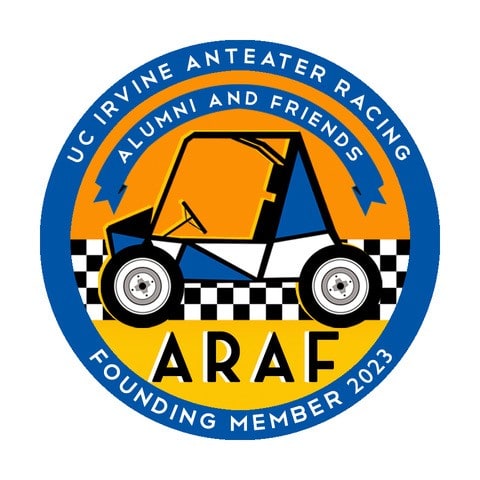
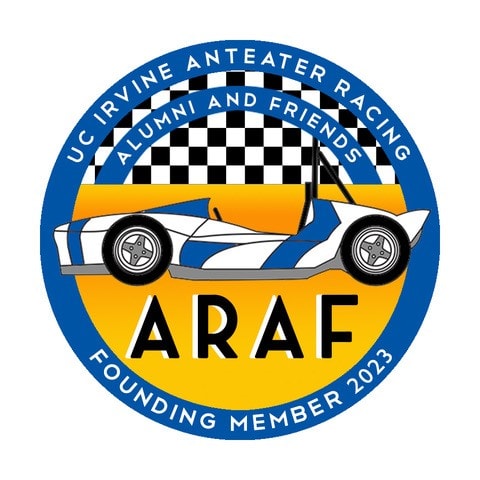
$25
Aero Package Support
If 40 friends donate $25, we'll be able to secure our aero package. This keeps the car on the ground at high speeds and increases traction around curves because the air under the car is moving faster than that the air above it.
$50
Kohler CH440 Engine Support
If 24 friends donate $50, we will get the engine we need for the Baja competition. This vehicle is also required to be a four-wheel drive which more than doubles the cost of the driveline.
$100
Powertrain & Driveline Support
If 30 friends donate $100, we will get the powertrain and driveline we need for our vehicles. The powertrain is the mechanism that transmits the drive from the engine of a vehicle to its axle and the driveline transfers power from the engine and transmission to the wheels.
$250
Accumulator & HMI Support
The accumulator is the primary method for controlling shift feel and is designed to modify a shift by essentially acting as a shock absorber for the fluid pressure that is applying a clutch, brake or band. The human machine interface (HMI) is a set of functional elements that let the driver communicate with their vehicle. If 20 friends give $250, we can build the accumulator and HMI we need.
$500
Chassis & Suspension Support
If 8 friends donate $500 we can secure our chassis and suspension. The chassis is the load-bearing part of the car's frame. The suspension is a protective lattice of shock-absorbing components that helps ensure a car drives safe and smooth by absorbing the energy from various road bumps and other kinetic impacts.
$1,000
Registration Fee Support
EV and the Baja SAE Oregon intercollegiate competitions are about $3,000 and $2,000, respectively, and must be submitted in October, nine months before the events. If 5 friends donate $1000, we can go to the competition.

